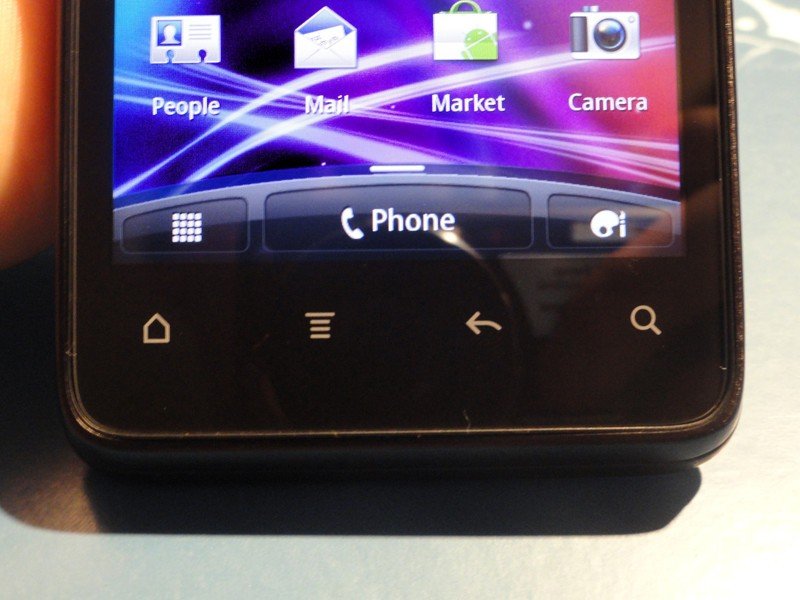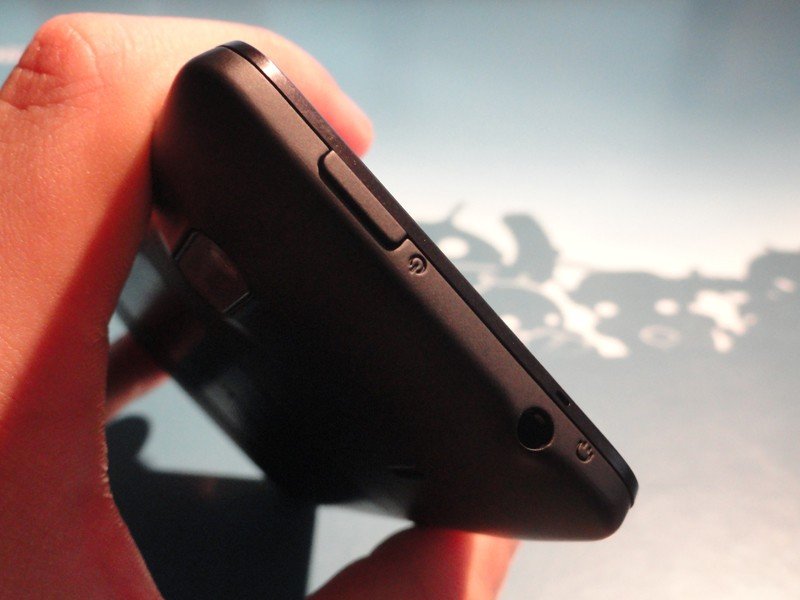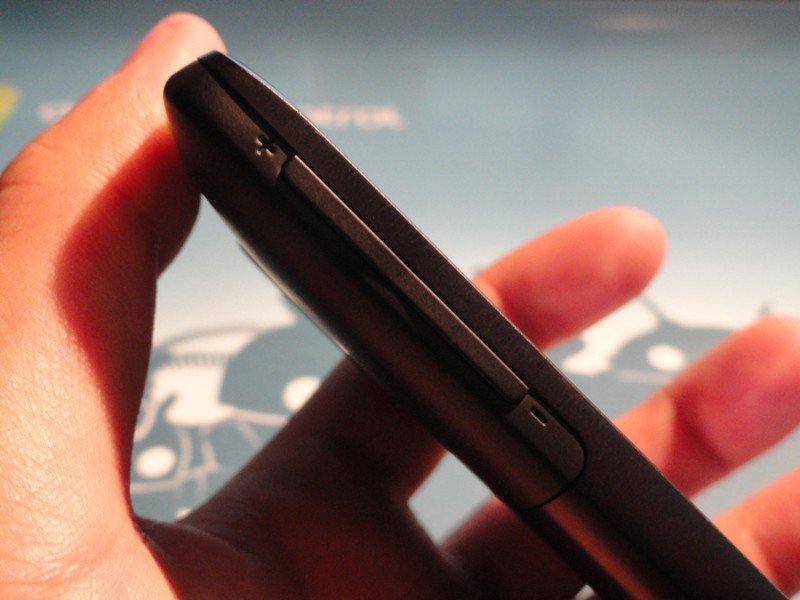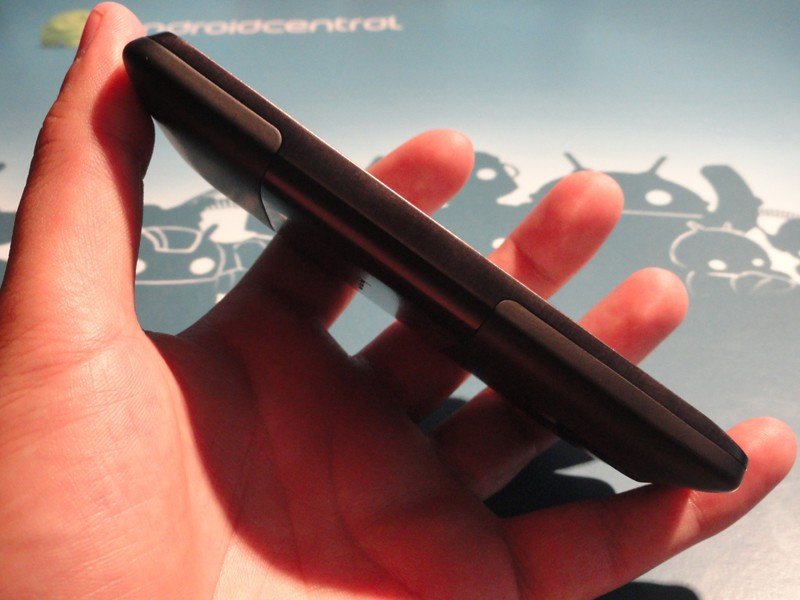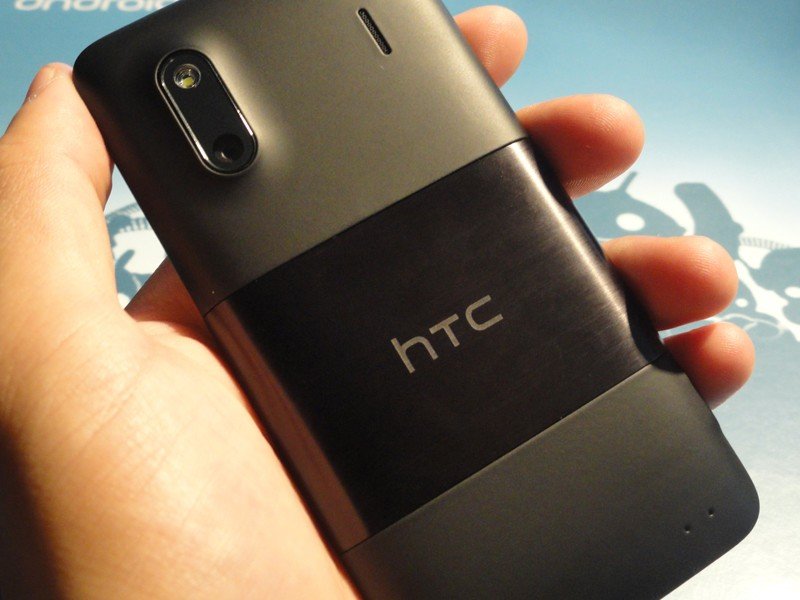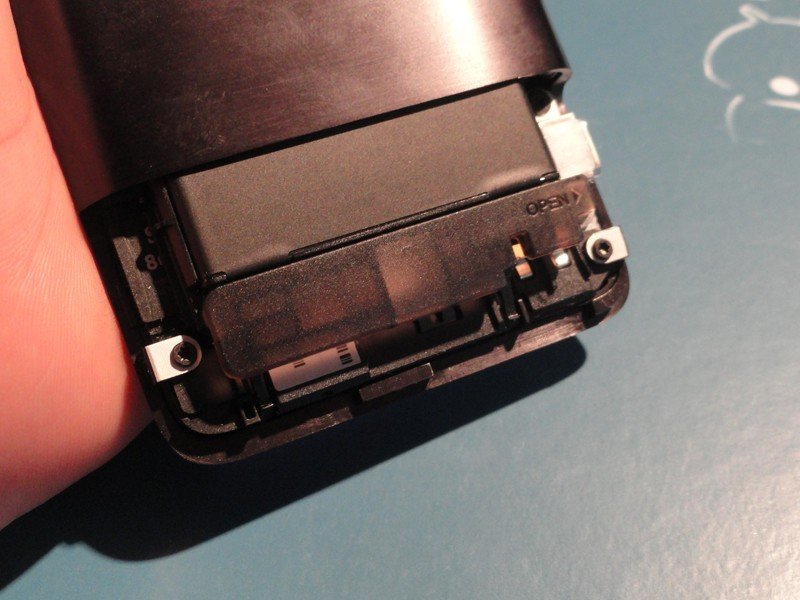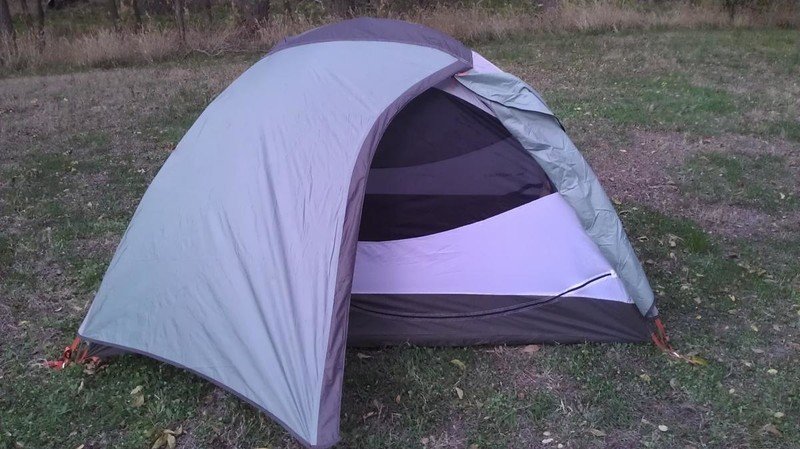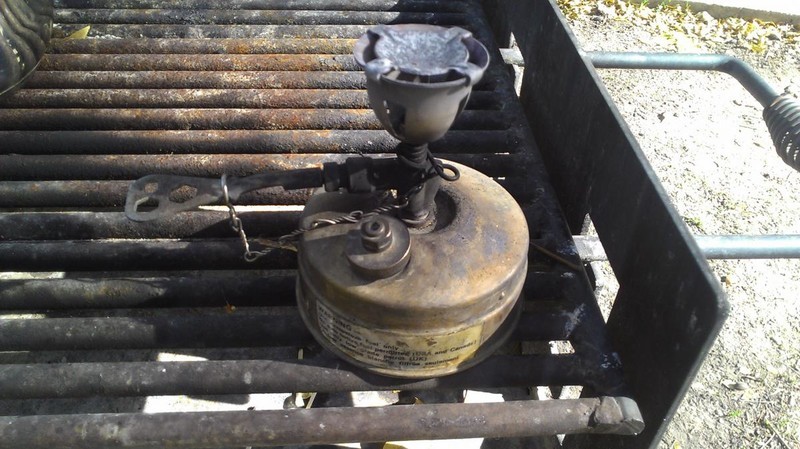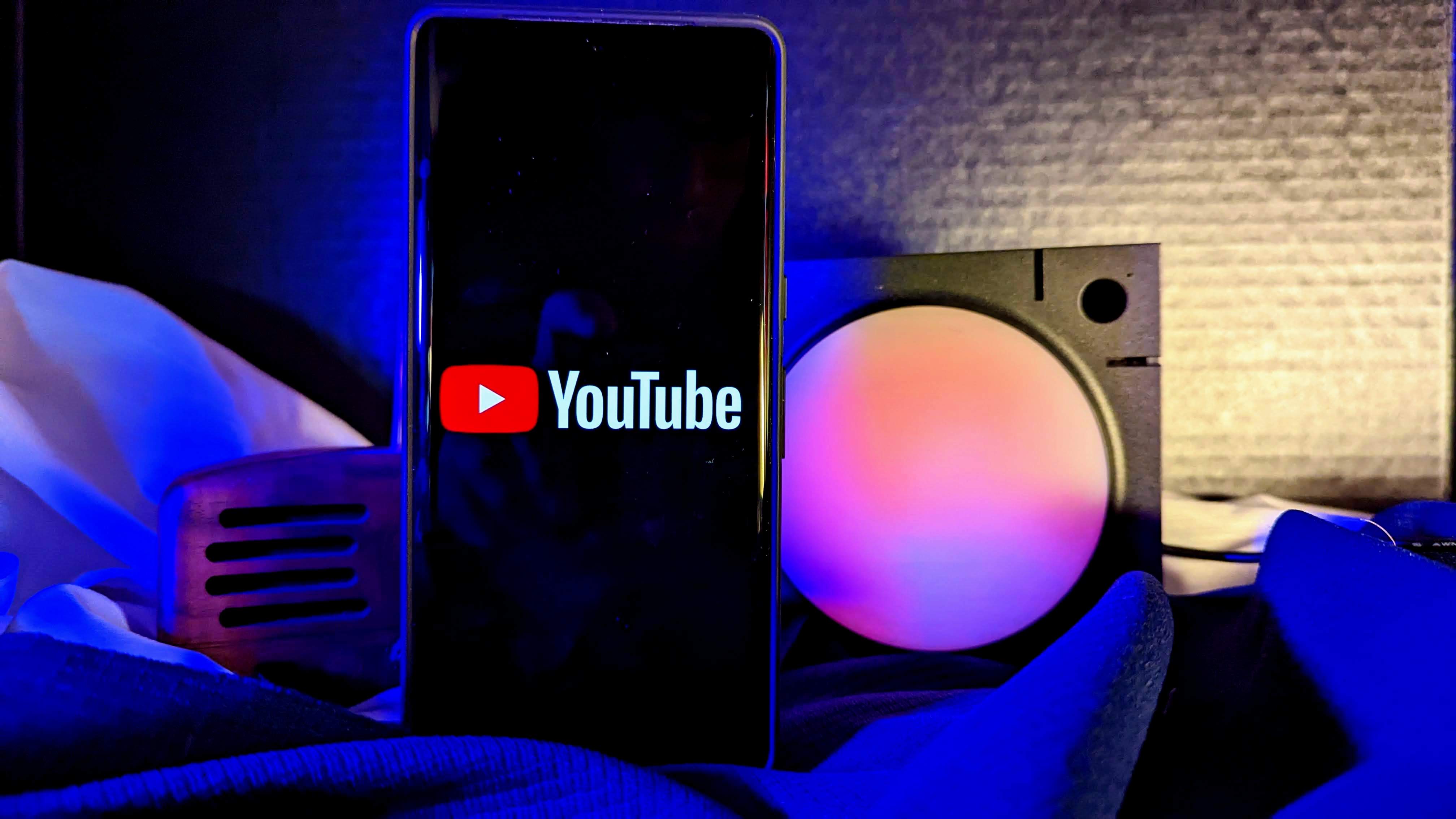EVO Design 4G review

Since the EVO 4G came out many moons ago, Sprint promised us we'd see more in their EVO brand, and it delivered. Soon after we saw the EVO Shift 4G, then the EVO 3D, and now the EVO Design 4G.
So how does the newest in the EVO line hold up? Can it hang with the best of them or will it be relegated to the discount rack? Is one processor enough? Will it come in white? Does it blend?
If you're looking for answers to these questions, strap yourself in, buckle up, and join me after the break.
Aluminum unibody feels solid and the screen is bright and gorgeous. Phone is easily pocketable and lightweight. | Battery life can leave some in the lurch, and the aluminum body can lead to some unwanted slippage. |
| Row 1 - Cell 0 | |
The EVO Design 4G is another good Android phone on Sprint. The smaller screen and single processor all justify the lower price tag, but there's no qualities that make this phone stand out as the phone to buy for the cost. |
Initial video hands-on
YouTube link for mobile viewing
The hardware
Design-wise, I'm not sure if HTC named it the EVO Design 4G because it thought it was breaking new ground in design or because HTC has run out of new designs to try. (Which is pretty unlikely.) That's not to say it doesn't look good; it's just a tad uninspired.
Black case, rounded corners, a 4-inch screen, and HTC's telltale capacitive buttons look good (as they have in the past), but don't really separate this phone from it's EVO brethren.
The screen that the Design 4G is packing is a qHD Super LCD display, and boy, does it shine. I've always been partial to Super AMOLED myself, but seeing how bright and clear the Design 4G's display is has really helped win me over.
Get the latest news from Android Central, your trusted companion in the world of Android
Sure, blacks aren't as jet black as on other screens, but they're dark enough to not be considered grey, and that's always a plus. Readability outside or in direct bright light was also surprisingly good, but if you happen to get too large a light over your shoulder, you'll still succumb to the same problems every other screen has.
Consuming media is quite a treat, largely in part to the impressive color palette of the display. The qHD resolution also looks really sharp in a scant 4 inches, netting us 240 DPI. In short, the screen rocks on the Design 4G, and once you've spent all of five minutes with it, you'l love it, too.
The phone's body is one nice, clean piece of unibody aluminum, in black. The majority of it is a softer, almost matte color (and texture), with a large rectangluar cutout in the middle of the back. Here the material is a darker, harder looking black, with 'HTC' cut out in the middle.
The front of the phone and the bezels are an extension of this cutout on the back.
Otherwise, there's not much to speak of, from an aesthetic perspective. It's black, metallic, and sturdy.
On the front of the phone, there's your standard light and proximity sensors, a 1.3MP front-facing camera, and a notification light hidden inside of the earpiece grille. The light turns a solid orange color when charging, but otherwise isn't very noticeable.
Down south are HTC's capacitive buttons, in their familiar order. Not much to say, except the whole row lights up when you push one of them, although that shouldn't be a surprise. At any rate, nighttime use of your phone will be an easy-to-navigate affair.
The top bezel houses the power button and the 3.5mm headphone jack. The left bezel has the volume rocker, which is opposite all other EVO phones I've used. If you're familiar with HTC's designs, the placement will throw you off for a little bit, but you'll be acclimated to the rocker's new position in no time. Down towards the bottom of the bezel is the microUSB port.
Both the power button and volume rocker are short and long, almost too much so. They blend into the bezel nicely, but I'd almost prefer something a little taller so there's more of a tactile "click"' when something is pressed.
The volume rocker also has nary a divet in sight, so it's almost one straight piece of material. While there is a small dent in the middle, it's easy to miss, especially if that's where the middle of your thumb rests while the phone is in your hand.
The bottom bezel has a small pinhole mic, and there's two more on the back of the phone, towards the bottom. The right bezel is totally clean, nothing has been placed there. I understand HTC was trying to keep the phone thin, but would it have killed them to put a shutter button there? I can't be certain, but I wish they had.
From there, all the action takes place on the back of the phone, although there isn't much to look at. Single speaker, two pinhole mics down towards the bottom, and a 5MP camera with a single flash.
The camera housing looks nice, if a little bland. There's no red metallic highlight like we've seen on the EVO 4G or EVO 3D, and the lens takes up a lot less space. It's still raised, and it's constructed in such a way that when your phone is laying on its back, the edge of the lens is balancing the phone.
HTC also eschewed the typical battery cover for one that pops off of the bottom and lets you slide the battery in or out. There's a plastic locking mechanism that easily flips over, allowing you access to not only the battery, but the world SIM card. The microSD slot is located underneath the battery, but in a slot all it's own; you don't need to pull the battery to swap out your SD card.
The battery cover itself slides off pretty easily once you put enough force into it (two thumbs does the trick), but getting it back on can be a little bit of a hassle. If you don't slide it on evenly, it won't click into place, but that's a minor annoyance that you probably won't be dealing with too often, anyway.
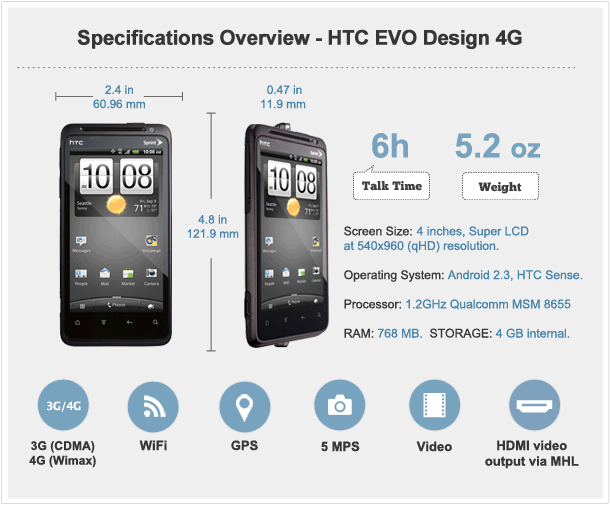
What's under the hood
The EVO Design 4G runs a 1.2GHz single-core Qualcomm processor, and if you've been worrying that won't be able to run Sense 3.0/open Gmail/let you play Angry Birds, let me put those fears to rest right now.
This processor is more than capable of handling anything you'll need to do on your phone. No, it isn't dual-core, and no, that doesn't mean it's developmentally stunted, either. Honestly, if I'd told you it was dual-core, you probably would have believed me, the thing runs so well.
There's 768MB of RAM inside, along with 4GB of internal storage, but after the ROM and everything else preloaded, you're left with about 1GB to work with. That's certainly nothing to sneeze at, plus it comes with an 8GB microSD card, and it supports cards up to 32GB in size.
When you slide down the battery cover (if you can call it that), you're greeted by a ho-hum sized 1520 mAh battery. It's not huge but it's not foolishly small, and while it'll probably get you through a full day, don't expect much more than that. I've been able to get a full day (even when I use 4G), but if you're a power user, you're going to want to invest in a spare battery.
Speaking of spare batteries, I think the jury is out on extended-capacity batteries (because of the unibody design), so don't plan on it. If you occasionally check your email, play a game of Angry Birds, and otherwise don't touch your phone, the battery will go all day (and then some). The standby settings are awesome, but once you're hammering away at data, keeping the screen turned on, and using the phone all day long, you'll want to have a charger close by.
Underneath the battery is the world SIM slot. Mine has a card in it, but because I haven't gone gallavanting across national borders, I haven't tested that it works. Just know if you are the type to travel abroad, the EVO Design 4G can be your phone the whole world round.
There's also that whole "4G" thing we should probably mention. Essentially, it's inconsistent. Sometimes it's fast, other times not, and even sitting in one spot, using the same server, testing speeds back-to-back-to-back, there could be discrepancies as wide as 3Mbit/s. I was never able to crack 8Mbit/s, which is disappointing, considering the speeds and coverage should be there.
The software
Software-side, the EVO Design 4G is running Android 2.3.4 and Sense 3.0. It's nice to see HTC releasing phones with (almost) the newest version of Android available, and while Sense 3.0 isn't Sense 3.5, it still has all of the visual flourishes that were shown off on the EVO 3D.
Typical with Sense, you've got seven homescreens that're just waiting to be customized. HTC does you a favor and loads them up with their own customized widgets when the phone's first booted, just so you have something to work with.
Sense is as gorgeous as ever, loaded with the transparent, dark glass widgets that look absolutely stunning against the right wallpaper. If you flick one of your screens, they all spin around like a carousel, just like we're used to. The phone button dominates the dock at the bottom of the screen, but again, this is nothing new.
The EVO Design 4G also comes with three skins (HTC, Blue Sky, and Burgundy), that not only change your wallpaper, they also change the highlight color when you press an icon. Similar to skins are Scenes, which are premade sets of icons and widgets. Six come loaded by default, and if you want to get more (skins or scenes), you need to sign into HTC Sense.
Aside from the bundled HTC widgets, HTC and Sprint both loaded up lots of their custom bloat onto the phone, so expect to see things like Footprints, Friend Stream, HTC Hub and HTC Likes sitting alongside apps like Sprint Hotspot/Mobile/Music Plus/Radio/Worldwide, to name a few.
Fortunately, all the bloat and all the eye candy of Sense 3.0 doesn't drag the phone down at all, which is something I was concerned with coming into this phone. Like I said before, if I told you it was dual-core, you wouldn't be able to tell the difference because everything runs so smoothly, Sense included. Yes, there will be a bit of lag when the phone first boots up (like in the hands-on), but once you're past that, this thing flies.
The camera
The EVO Design 4G comes with HTC's excellent camera software, which gives you not only lots of options, but also takes pretty decent pictures, too. The rear shooter is a full 5 megapixels, so your pictures will be plenty big, and it can record in full 720p.
Most of these pictures were taken in pretty normal light conditions outside, with the exception of the fire pit, which was at night. Overall, these are some of the better pictures I've seen on a phone's camera, so don't be afraid to grab a photo here and there if your phone is the only thing on you.
This is one of the better 720p recordings I've seen, namely because it's not totally washed out.
YouTube link for mobile viewing
Other odds and ends
- You get both Swype and the HTC "Touch input" keyboard loaded on by default. If you're horrible at hunting and pecking on the keyboard, at least they've got you covered.
- GPS, Bluetooth, and Wifi work. Not much more to say on that end.
- The "Skins" thing is pretty cool. Seeing everything get themed a color (including the ringer volume bar) is something no custom ROM has been able to do yet, so seeing that kind of visual continuity is great.
The wrap-up
HTC and Sprint bang out another EVO for their lineup. While it's good, I'm still not sure it's the best phone in the $99.99 range. The screen is good, the phone feels solid, and the battery will last about a day, but I can't help but wonder how many updates it'll get.
For the price though, it's not too big (4 inches is a sweet spot, size-wise), plenty fast, and does everything you'd expect a super high-end smartphone to do. If you're looking to upgrade but not get a top-of-the-line Android phone, the EVO Design 4G should definitely be on your shortlist. The problem is, it's just not so gamechangingly amazing that it should automatically be at the top.



